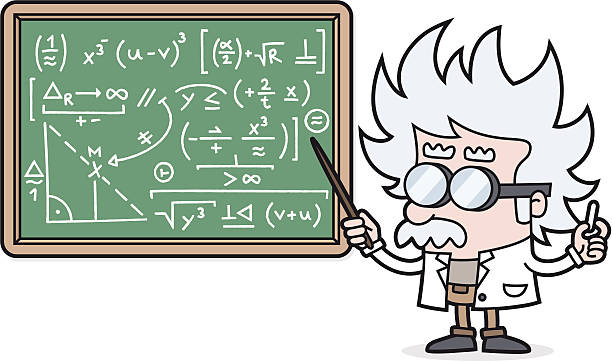
TEACHER: Juan Diego Arias Zuñiga
INSTITUTIONAL EMAIL: juan.arias.z@liceopinoverde.edu.co
HOURLY INTENSITY BY CYCLE (HIC): 5
GRADE: 7 track B (MYP Year 2)
PERIOD: 2024-2025
- INTRODUCTION
Mathematics is not just a subject we study; it's a language that helps us make sense of the world around us. In this course, we will explore the beauty and relevance of mathematics in our everyday lives.
Throughout the year, we will delve into various mathematical concepts, from numbers and operations to algebra, geometry, statistics, and more. Our goal is not just to master these concepts but also to understand how they interconnect and apply them to solve real-world problems.
- GENERAL OBJECTIVE
● Foster a deep understanding of numbers and their properties, enabling students to fluently manipulate numerical representations and solve mathematical problems with confidence.
● Improve students' ability to articulate mathematical ideas and strategies effectively, both orally and in writing, fostering clear and concise communication within the mathematical community.
● Promote a conceptual understanding of fundamental mathematical concepts, ensuring that students grasp the underlying principles behind numerical operations and representations.
● Illustrate the relevance of mathematical concepts in real-world scenarios, enabling students to recognize the practical applications of numerical reasoning in everyday life and future endeavors.
- COMPETENCES / ABILITIES TO DEVELOP
● Knowing and understanding: Proficiency in mathematics involves selecting and applying appropriate mathematical concepts effectively to solve problems across various contexts with accuracy and adaptability.
●
Investigating patterns: Applying
mathematical problem-solving techniques involves the recognition of patterns
and their description as relationships or general rules consistent with
findings. It's essential to verify whether these patterns hold true for other
examples, ensuring their reliability and applicability beyond the initial
instances.
● Communicating: Using suitable mathematical language, notation, symbols, and terminology in oral and written statements ensures clarity. Employing appropriate forms of mathematical representation enhances information presentation. Communicating coherent mathematical reasoning promotes understanding and logical flow.
● Applying mathematics in real-life context: Identifying real-life elements, selecting suitable mathematical strategies, and applying them successfully lead to solutions. Explaining solution accuracy and relevance to the real-life context ensures practicality.
- METHODOLOGY
1. Talk about the topic of the previous class.
2. Provide the guidelines for the work to be done in the class.
3. Indicate the objectives of the class.
4. Ask questions to generate a debate among students and to explore the concepts.
5. Explain the topic and provide the corresponding examples.
6. Carry out individual or group activities.
7. Conclude reflection on the class.
- CONTENT AND CONCEPTS
- EVALUATION PROCESS
Period/ Year (DP only) | Topic / Unit | Content / subtopics | Length (hours) |
1st Period | Unit 1: Arithmetic |
| 40 class hours |
Unit 2: Algebra |
| 30 class hours | |
2nd Period | Unit 3: Geometría |
| 30 hours class |
Unit 4: Estadística |
| 20 hours class |
|
Formative evaluation |
- Activity on class: Engaging, hands-on exercises or collaborative tasks in class to reinforce math concepts. - Worksheet: Independent practice assignments allowing students to apply learned math skills. - Quiz and exams: Assessments measuring comprehension through various question types on specific math topics. - Class discussion: Verbal interactions exploring math concepts, sharing insights, and addressing questions among students and the teacher. |
|
Summative evaluation |
- Final exam - GRAPS activity - Presentations |
|
Evaluation Criteria |
Percentages |
|
Knowing and Understanding |
25% |
|
Investigating Patterns |
25% |
|
Communicating |
25% |
|
Applying Mathematics in Real-Life Contexts |
25% |
- RESOURCES
|
Resources |
|
|
Technological |
-
Powerpoint presentation. |
|
Bibliographic |
- Mathematics - 1 - Weber, Kunkel, Simand and Medved - Second Edition - Oxford 2021 |
|
Physical |
- Classrooms - Whiteboard - Notebook, pen, and pencil - Electronic devices |
|
Behavioral recommendations for the proper development of the class |
- Use of electronic devices - Punctuality - Commitment to assignments and course requirements - Willingness to work independently - Always having class materials |

- Profesor: Juan Diego Arias Zuniga
- Profesor: Santiago Leon Duque Joven